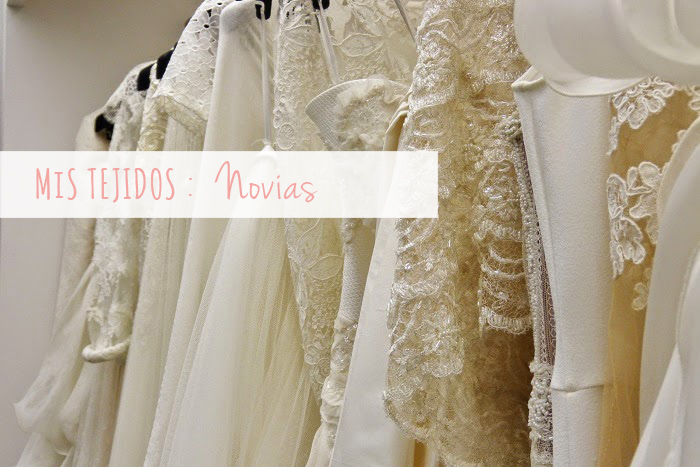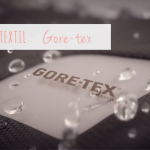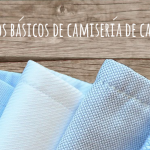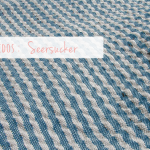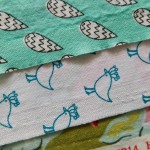El lunes hablaba del color clásico de los trajes de novia: el blanco. Hay muchos tonos a elegir como os decía, pero la elección más complicada para una novia no es el color, sino el tejido. Hay una gran oferta con distintas texturas, caídas y pesos. Hoy hablaré de los tejidos más comunes en los trajes de novia. Iré hablando de la historia de cada uno de ellos y de sus características en futuras publicaciones. En el post de hoy solo mencionaré su propiedades más importantes para empezar a diferenciarlos.
An English translation below if you click ” Sigue leyendo”
El más usado es el satén de seda, una tela gruesa, brillante, de aspecto uniforme y liso, resistente a las arrugas y fácil de modelar para crear volúmenes.
El mikado es la más usada después del raso. De seda natural, es pesada y gruesa, incluso mejor para volúmenes que el raso y más resistente aún a las arrugas.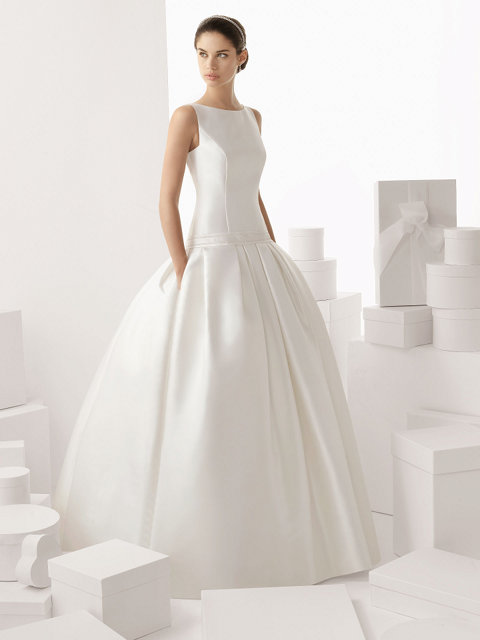
El tafetán, de acabado semi mate, es la más rigida de todas y origina un crujido tipo papel cuando se mueve. Su inconveniente es que tiende a arrugarse.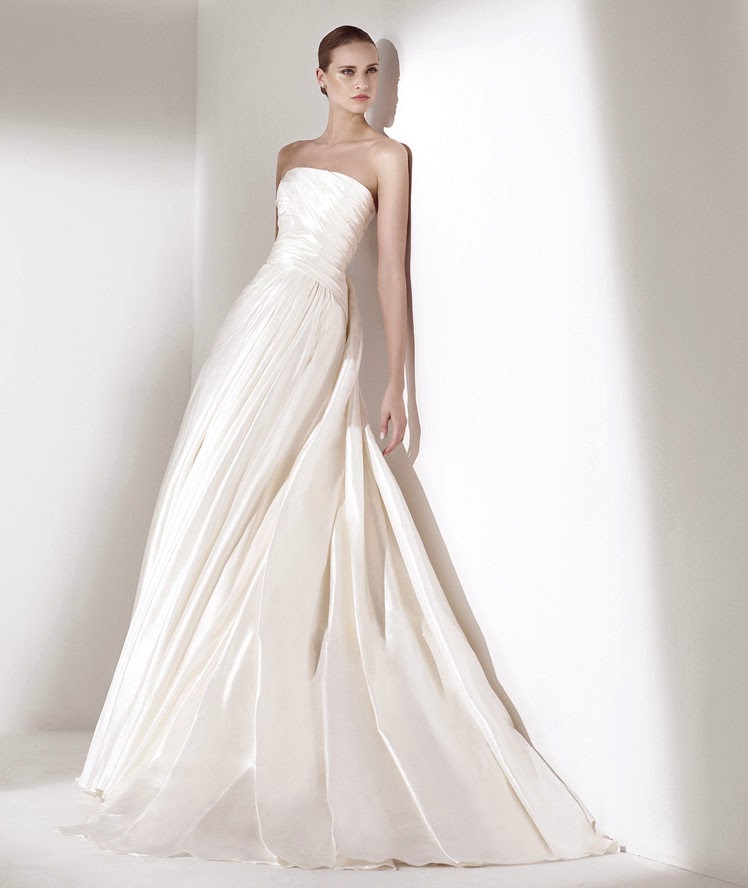
El crepe es la mejor opción para vestidos con caída y fluidos. Pueden ser de seda, de viscosa o incluso de lana y su característica principal es su superficie granulada, esa mínima textura que crea un falso liso.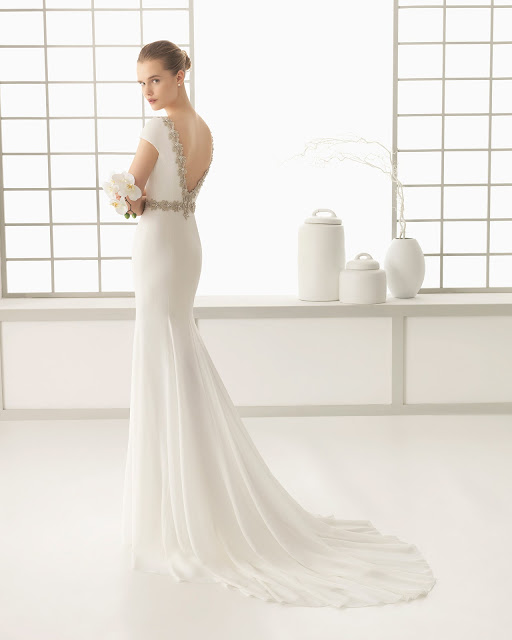
El otomán imita un tejido rayado por su estructura acanalada. Es pesada y brillante.
La organza es semitransparente y a la vez rígida, como almidonada, perfecta para volúmenes y a la vez con un toque romántico.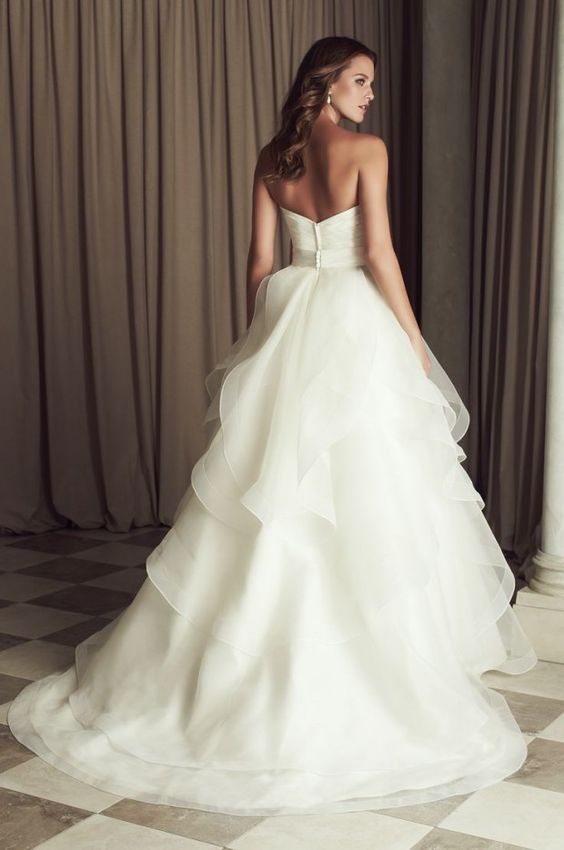
La gasa también es transparente pero tiene mucha más caída, para vestidos vaporosos y con caída. también puede ser usada en velos.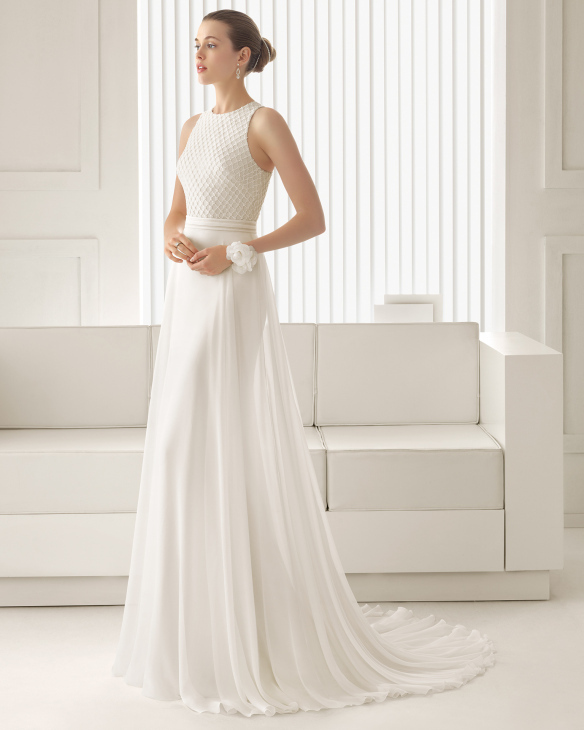
El piqué puede ser de algodón o de seda, es también de aspecto almidonado y tiene una estructura en relieve que imita el nido de abeja.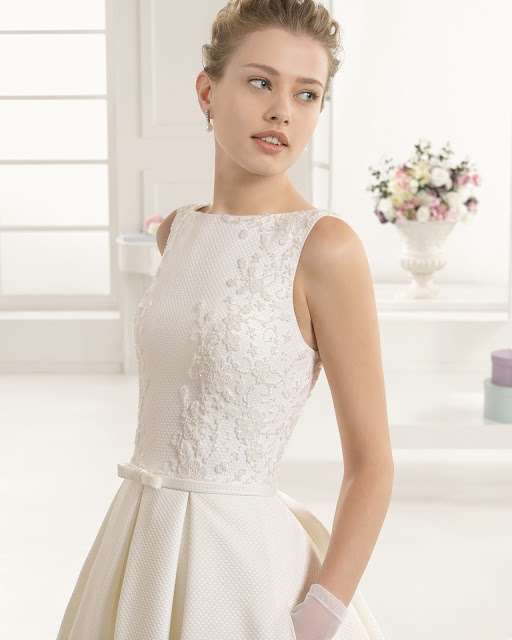
El encaje es otro clásico muy usado, ya sea en el vestido completo o en detalles. también puede ser usado como velo. A los encajes gruesos los llamaremos guipur y a los más finos y delicados chantilly.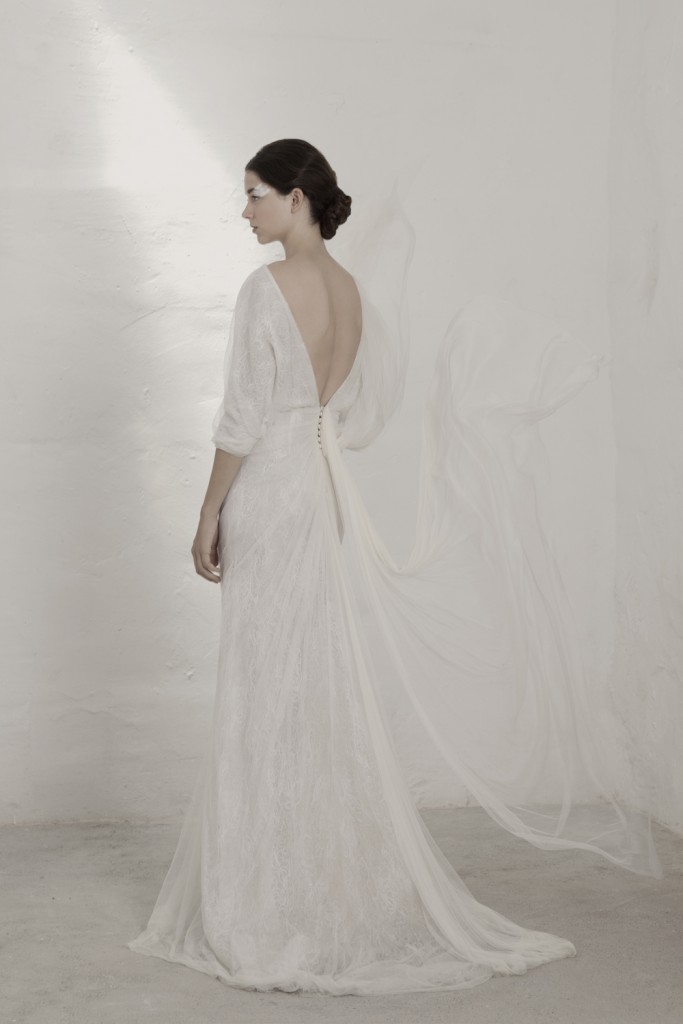
El brocado es un jacquard que tiene dibujos en relieve, ya sea florales o geométricos, tiene cuerpo y un aspecto semibrillo.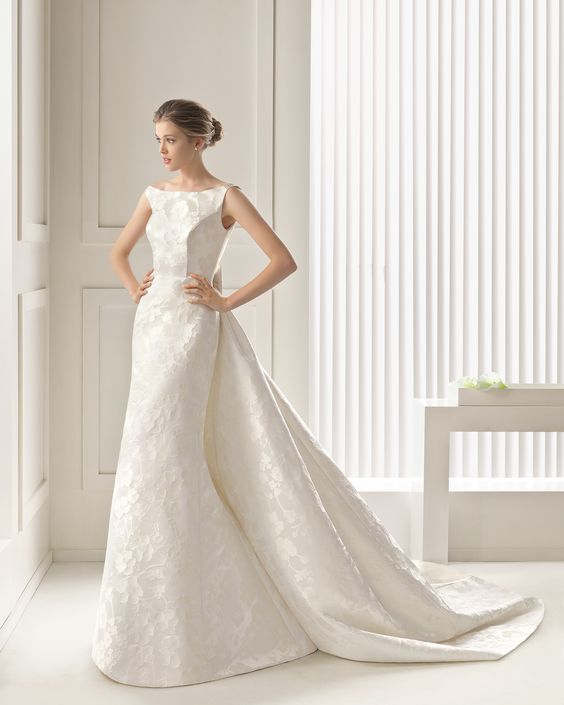
Por último el tul, tiene una estructura de malla fina, transparente y que puede tener caída o ser rígido para crear estructuras interiores. Son muy usados en velos o faldas de vuelo incluso en detalles de mangas y escote con bordado o pedrería.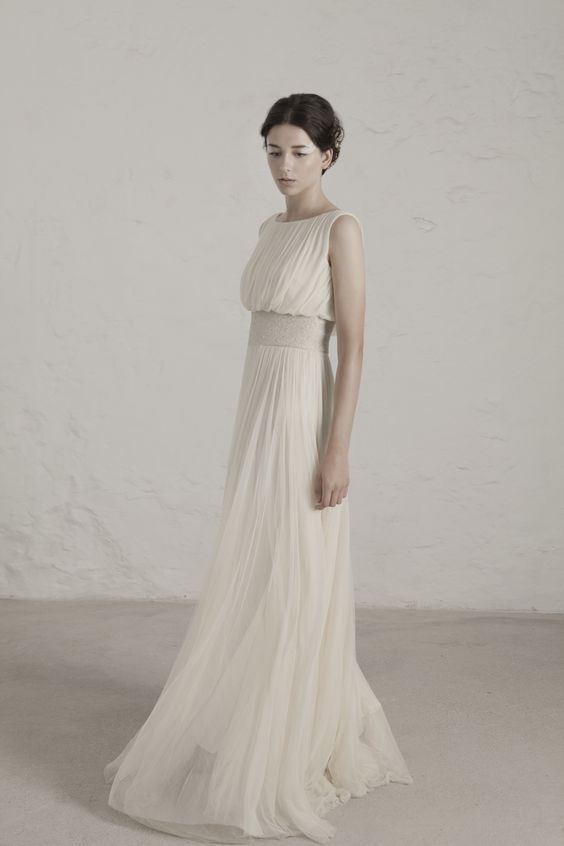 Yo de todos he elegido un sencillo piqué de algodón con un bordado. ¿Cúal te gusta más a ti?
Yo de todos he elegido un sencillo piqué de algodón con un bordado. ¿Cúal te gusta más a ti?
I spoke on Monday about the classic colour of wedding dresses: the white. There are many shades to choose as I said but the more complicated choice for a bride is not the colour, but the fabric. There are so many options with different textures, handfeels and weights. Today . Today I will show you the most important properties of the most common qualities. I’ll talk about the history of each of them and their features in future releases
The most used is silk satin, a heavy and bright quality, with uniform appearance and smooth touch, wrinkle resistant and easy to mold to create volumes.
The mikado is the most used after the satin. Natural silk, It is heavy and thick also, even better for volumes and even more wrinkle resistant.
The taffeta, with semi-matte finish, is the most rigid of all of them and it creates a rustling paper sound when moving. Its only drawback is that it tends to wrinkle.
The crepe is the best choice for fluids dresses. It can be made in silk, viscose or wool and its surface is granulated.
The ottoman mimics a striped fabric by its corrugated structure. It is heavy and bright.
The organza is stiff semitrasparante and perfect for volumes with a romantic touch.
The chiffon is also transparent but in a lighter fabric to soft dresses. They can also be used in veils.
The pique can be made in cotton or silk, it is also of starched appearance and has a relief structure that mimics the honeycomb.
The lace is another classic used either in full dress or details. It can also be used as a veil. The heavy lace weights are named guipur and the finest and delicate chantilly.
Brocade is a jacquard having raised patterns, either floral or geometric, it’s stiff and with a semi-gloss appearance.
Finally the tulle. It has a fine structures a transparent mesh and can be light and soft or be rigid to create internal structures . They are widely used in veils and skirts, even in details sleeves and neckline with embroidery or beading.
I’ve chosen a nice cotton pique with embroidery. What do you prefer from all of them?
Imagenes: catalinaseventos, vestidos2016, manualvarez, viaboda,rosa clará, cortana,pronovias, retalesdebodas

